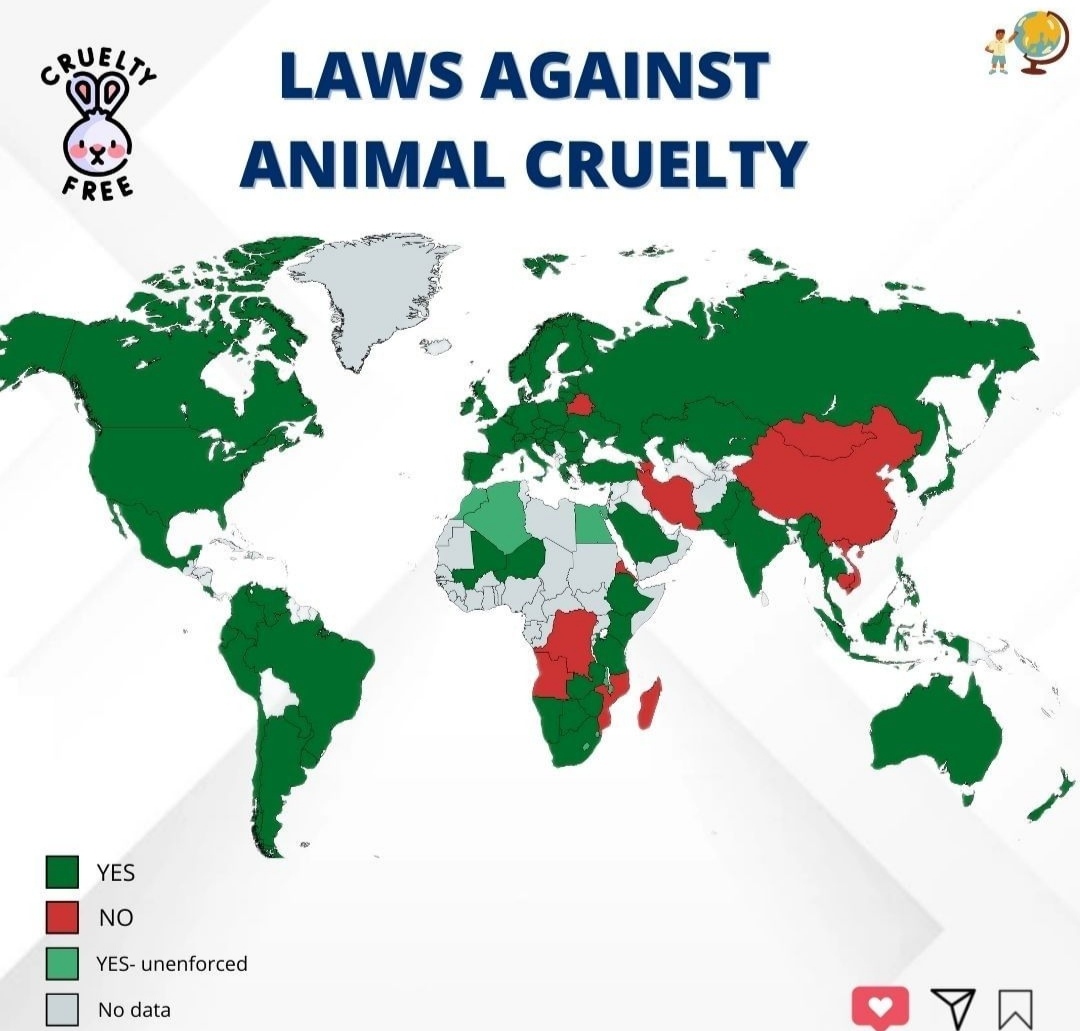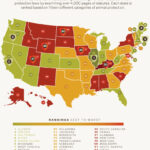Animal cruelty remains a pervasive issue in the United States, sparking debates that pit compassion for living beings against verses of legal combat. The timeless question of whether animal cruelty is classified as a felony unravels a complex matrix of federal and state laws. This examination is not merely a legal inquiry; it invites us to shift our societal perspective on the treatment of animals and prompts us to confront our moral responsibilities.
To fully comprehend the intricacies of animal cruelty laws, we must first acknowledge the legal frameworks set forth by federal and state governments. Federal law establishes a baseline for certain types of treatment towards animals, but the heavy lifting often falls under state jurisdictions, where variances abound. Thus, understanding both levels is crucial in the ongoing struggle against animal maltreatment.
The primary federal statute addressing animal cruelty is the Animal Welfare Act (AWA), enacted in 1966. The AWA primarily focuses on regulating the treatment of animals in research, exhibition, transport, and by dealers. However, it notably excludes many animals from its protections, such as birds, rats, and mice bred for research purposes. Consequently, the AWA does not categorize these offenses as felonies but instead typically subjects violators to civil penalties. This limitation raises critical questions about the efficacy of federal oversight. Does it provide genuine protection to animals, or does it merely scratch the surface?
Following the AWA, one notable development in federal animal cruelty enforcement is the Animal Crush Videos Prohibition Act of 2010. This law was enacted in response to the emergence of videos depicting the gratuitous suffering of animals. It criminalizes the creation and distribution of “animal crush” videos, categorizing such acts as felonies. While this provision offers a robust legal tool against particularly egregious acts of cruelty, its scope is still considerably narrow when juxtaposed with the broader spectrum of animal welfare issues.
On the other hand, each state possesses the authority to enact its own animal cruelty statutes. These laws generally encompass a wider range of offenses, including neglect, abandonment, and mistreatment of various animal species. In many states, animal cruelty can be classified as a misdemeanor or a felony, depending on the severity of the offense. For example, in California, animal cruelty is a felony if it involves malicious intent to inflict injury upon an animal. Conversely, lesser offenses might merely warrant misdemeanor charges.
Examining foundational state legislation reveals significant geographical discrepancies. Some states, such as Illinois, have adopted stringent laws that categorize first-time animal cruelty offenses as felonies, complete with substantial penalties. Others, however, may impose minimal fines or community service for less severe offenses, illustrating a patchwork legal landscape. This inconsistency not only highlights the disparities in animal welfare across the nation, but also begs the question: why such variation?
Additionally, the criminalization of animal cruelty is not uniformly understood. Some states categorize different forms of animal cruelty under multiple statutes, complicating the enforcement of laws. Moreover, certain societal attitudes toward animals tend to influence local legislation. Rural areas may possess a more lenient attitude towards agricultural practices, consequently reflecting that leniency in their legal codifications. Examining such state-specific nuances invites us to consider the broader societal values surrounding animals and their treatment.
The question of enforcement also looms large in this discussion. Even states with stringent animal protection laws struggle with implementation. Insufficient funding for animal control agencies, lack of training for law enforcement, and cultural biases can impede the prosecution of animal cruelty cases. This disjunction creates a disheartening paradox: robust laws exist on the books, yet the reality often falls short of expectations. Without adequate enforcement, the legal frameworks intended to protect animals become toothless, rendering them ineffectual in practice.
One promising avenue is the increasing acknowledgment of animal rights within the mainstream consciousness. Advocacy groups are actively rallying for stronger legislation, driving initiatives aimed at closing the gaps in current laws. The movement is gaining traction, as the public becomes more aware of the ethical implications of animal mistreatment. This growing awareness promotes a shift in collective thinking, whereby animals are increasingly seen as sentient beings deserving rights and protections—an evolution that could potentially reshape the legislative landscape.
Furthermore, the legal discourse surrounding animal cruelty has begun to intersect with other critical social issues, including environmental law and public health. The exploitation of animals often correlates with broader systemic injustices in these domains, suggesting that the fight against animal cruelty is not an isolated endeavor but rather a multifaceted mission requiring collaborative efforts. The ramifications of animal suffering extend beyond individual cases, touching upon issues of sustainability, community safety, and ethical responsibility.
In conclusion, animal cruelty is indeed a felony in some parts of the United States, depending on the legal context and the specifics of state law. Federal laws provide a skeletal framework, yet the significant responsibility for animal protection rests with state legislation. The engagement of advocates, policymakers, and concerned citizens is vital to effect lasting change. Moving forward, the focus must not only lie in establishing punitive measures but also in fostering a culture of compassion and responsibility towards all beings. Thus, it becomes imperative to question: how can we unify our legal approach and societal attitude to ameliorate these injustices? The answers may require introspection, dialogue, and collective action, forging a future where animal welfare is not merely a legal afterthought but a societal norm.










